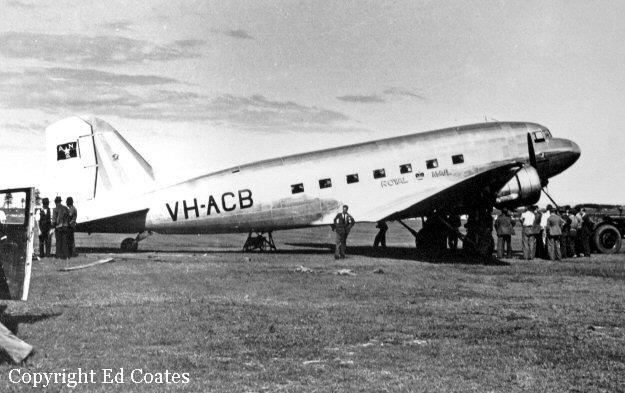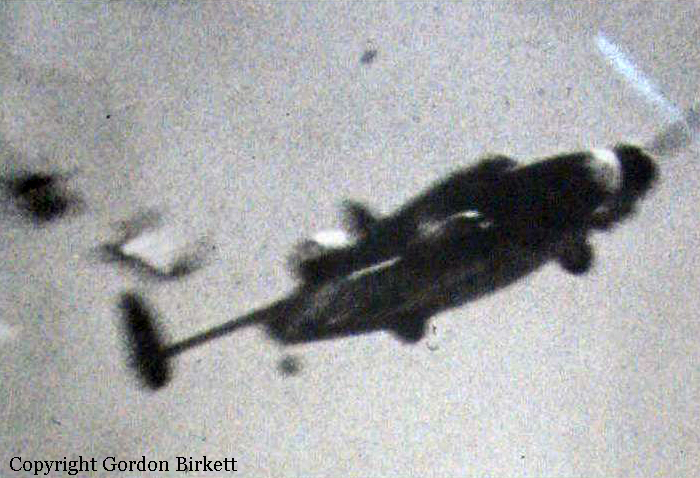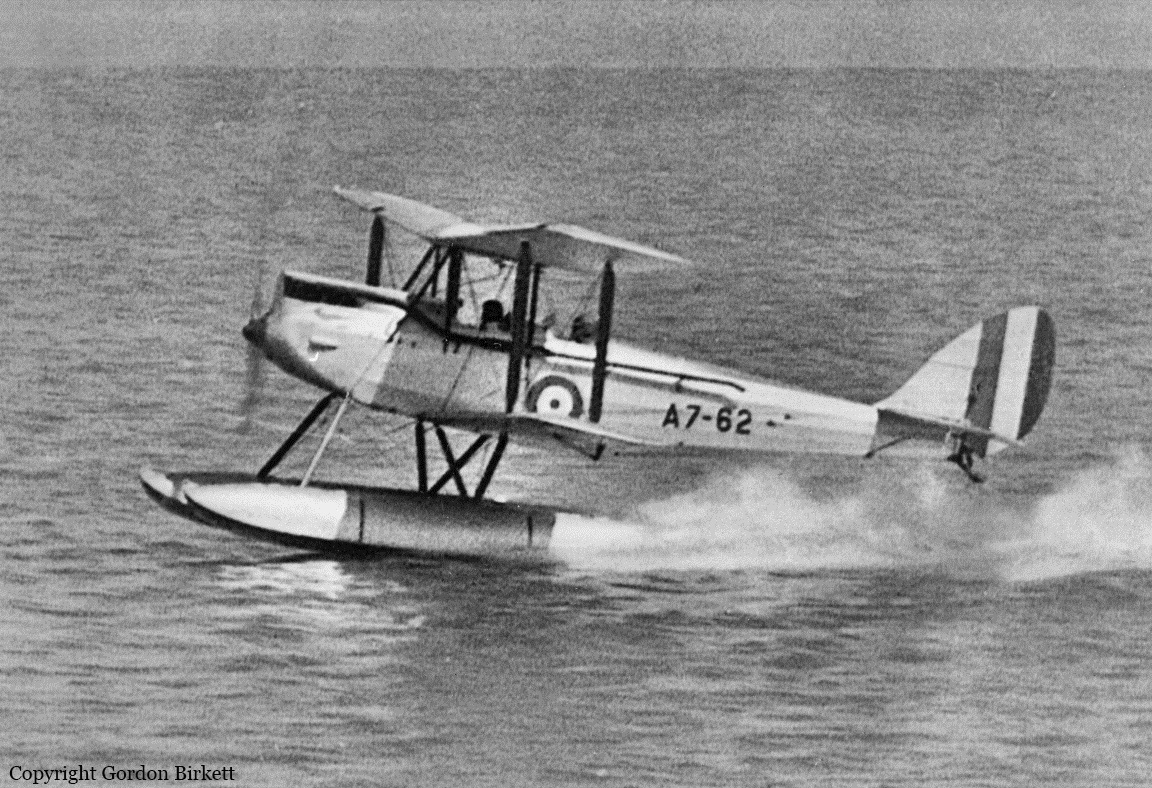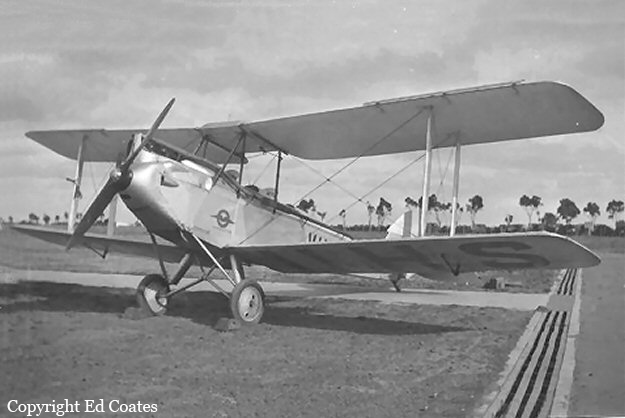Crash of a Douglas DC-3-232A in Melbourne
Date & Time:
Mar 19, 1943
Registration:
VH-ACB
Survivors:
Yes
Schedule:
Melbourne – Sydney – Brisbane
MSN:
2030
YOM:
1938
Crew on board:
3
Crew fatalities:
Pax on board:
12
Pax fatalities:
Other fatalities:
Total fatalities:
0
Circumstances:
Shortly after take off from Melbourne-Essendon Airport, the crew encountered technical problems with the engines. Unable to maintain a safe altitude, the captain decided to make an emergency landing and completed a gear-up landing 7 km north of the airport. The aircraft skidded for several yards before coming to rest and was damaged beyond repair. All 15 occupants were unhurt. The aircraft was christened 'Warana'.
Probable cause:
Engine failure caused by carburetor problems.









